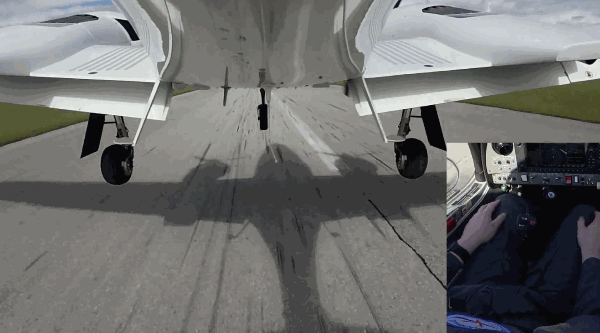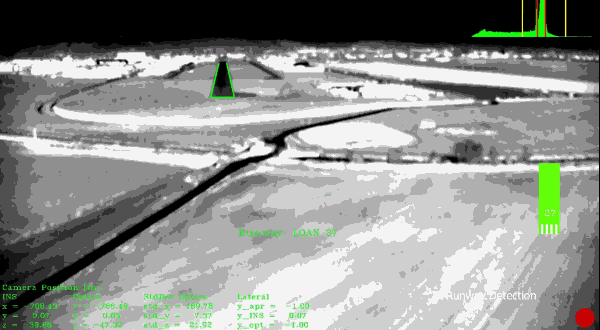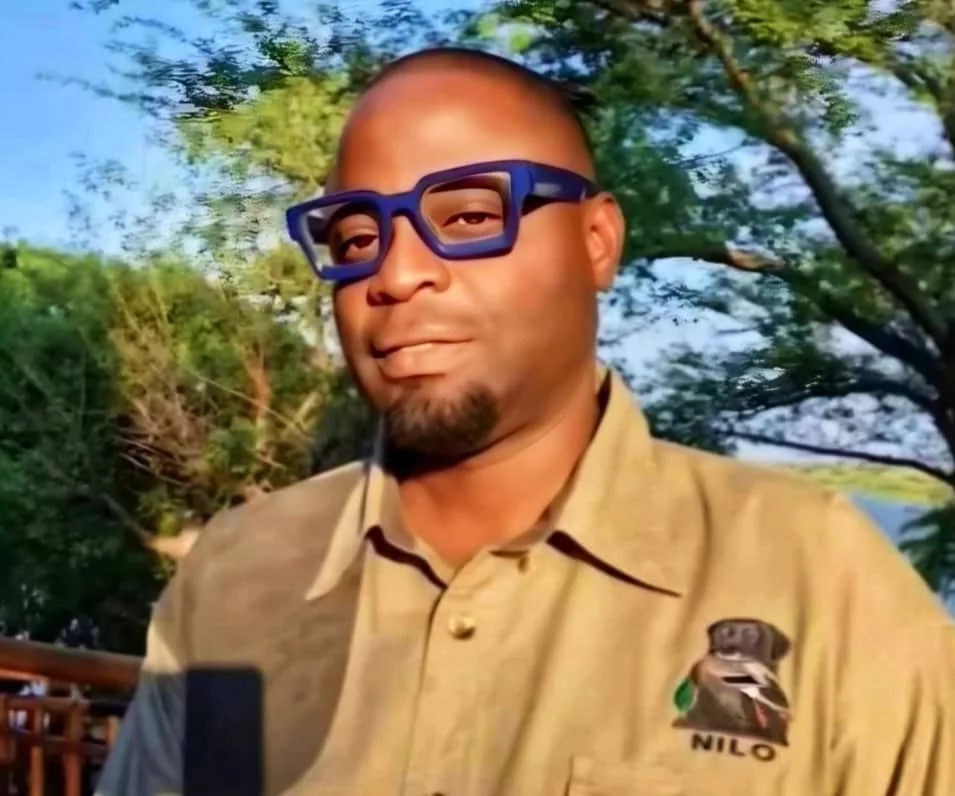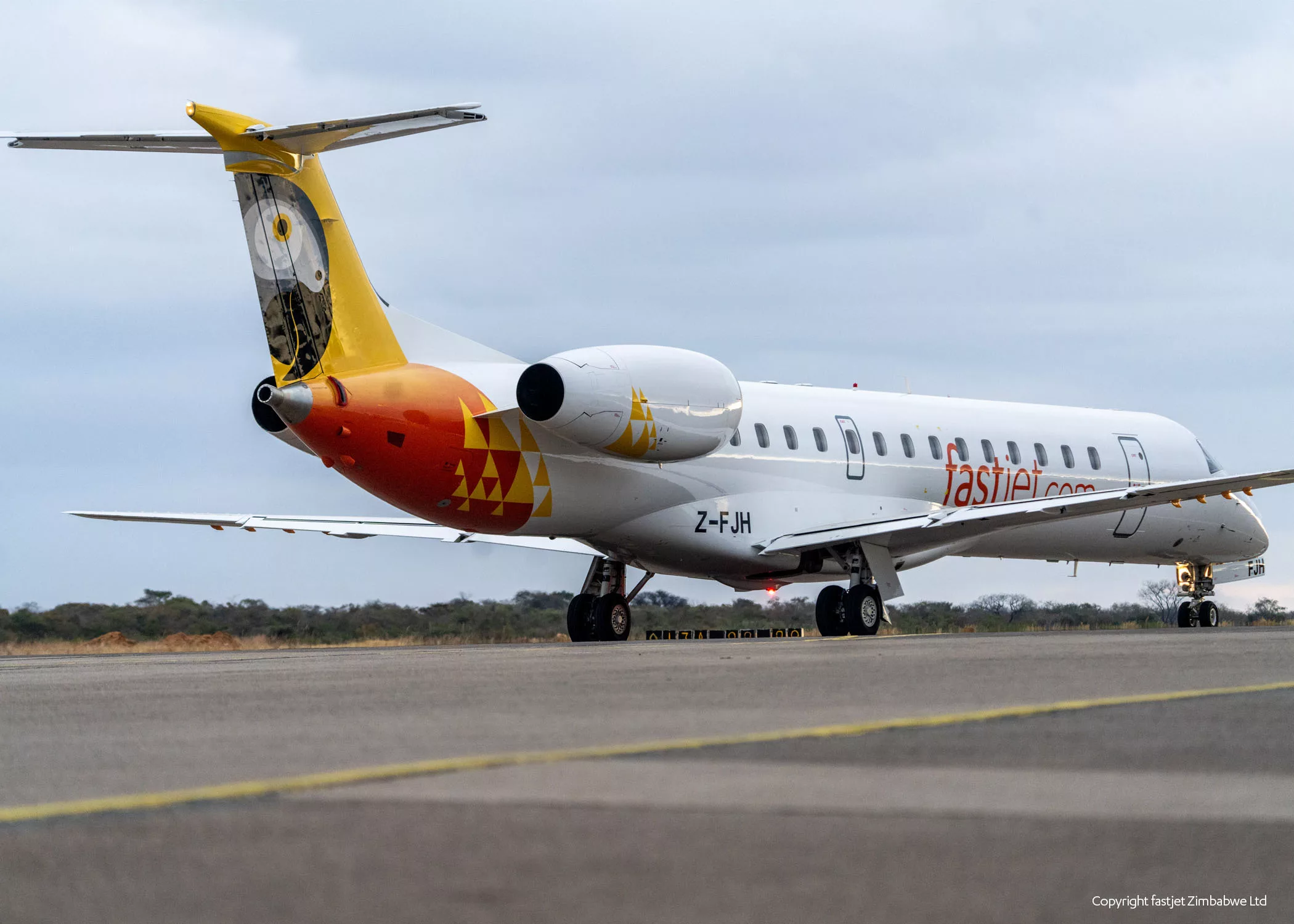Many airliners can land automatically, but they don’t really land autonomously — the airport is guiding them in with a radio signal (the Instrument Landing System). And when many smaller airports don’t have this feature, it’s not even an option.
Researchers at Technische Universität München might just make true autonomous landing a practical reality, though. They’ve successfully tested a system that uses a combination of computer vision and GPS to have the aircraft land itself.
The technology uses GPS to navigate, but allies that with both visible light and infrared cameras to spot the runway and obtain an accurate sense of its position even when fog or rain hurts visibility. From there, the aircraft can calculate a glide path and otherwise touch down all on its own.


The project is still young, but it’s promising. A test landing in late May went as well as you could hope. The aircraft recognized the runway from a long distance and landed on the centerline without the pilot once taking control. If it’s refined enough, the system could make hands-free landings feasible at virtually any airfield, not to mention give pilots a backup. This also lays some groundwork for end-to-end autonomous flight that might only require supervision for complete trips.
This is a major milestone in automated flight, since until now planes have had to rely on extensive ground-based systems to perform a landing like this one — which means automated landings aren’t currently possible at smaller airports or should something go wrong with the ILS. A small plane like this one is more likely to be at a small airport with no such system, and should a heavy fog roll in, an autoland system like this might be preferable to a pilot who can’t see in infrared.
Right now the tech is very much still experimental, not even at the level where it could be distributed and tested widely, let alone certified by aviation authorities. But the safety benefits are obvious, and even as a backup or augmentation to the existing, rarely used autoland systems, it would likely be a welcome addition.





